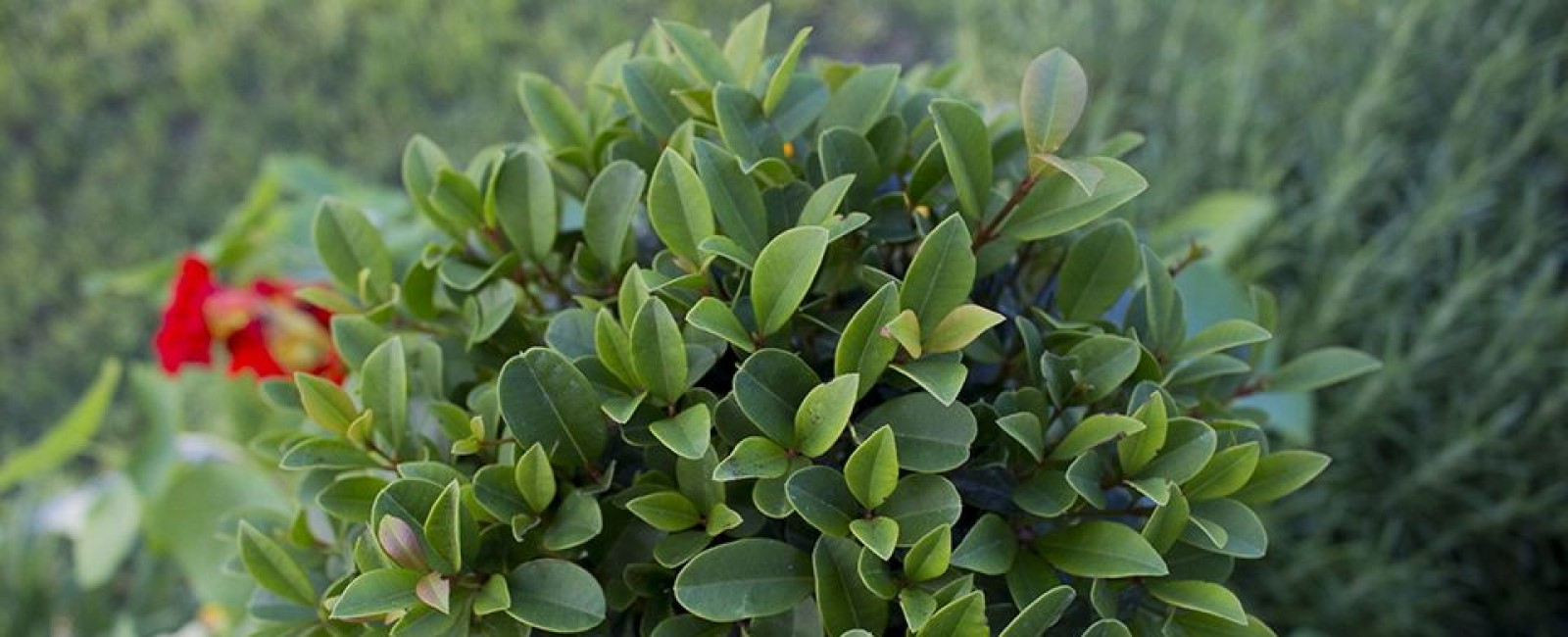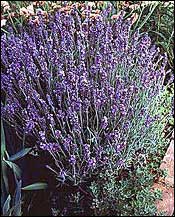| We featured Lavender back in May of 2004, but we think it is time to feature it again. Lavender is a wonderful plant with many uses! Join us in celebrating Lavender with Becker Vineyards Annual Lavender Festival on May 18, 19, & 20th, 2007. We will be serving a Lavender Five Course Dinner with the Beckers at The Herb Farm on Friday Evening, May 18 – enjoy discovering a different wine with each course. |
| LavenderBest known for its fragrance, lavender is a favorite herb of many gardeners. Greeks and Romans bathed in lavender-scented water and this herb took its name from the Latin word lavare (to wash). Lavender was highly esteemed by royalty. Queen Victoria kept her castle filled with lavender. Napoleon is said to have poured it on himself whenever he washed.
Lavender is a shrubby perennial with gray-green, sharp-scented leaves. Spikes of fragrant white, pink or pale-to-deep purple blooms form at the ends of branches. Narrow leaves make a striking evergreen hedge. Among the range of varieties English lavender is the easiest to grow, most fragrant and most shrub-like. Species suited for warmer climates include the smaller and darker purple Spanish lavender and the narrow, gray-green square-toothed French lavender. ‘Alba’ or white lavender has silver-gray leaves and offers a rich, clean fragrance but is less tolerant of cold than other species. Planting and CarePlant from containers in well-drained soil in a sunny, sheltered location. Expect only a few blossoms to appear on one-year-old plants; maximum flower production typically develops by the third year. Cut back flower stems after bloom period has passed. Rejuvenate old plants that have become ragged or woody by cutting back branches. Don’t shear but prune branches selectively to retain the natural form. Deer usually find lavender distasteful while butterflies adore it. Harvesting and UseDried lavender retains its scent longer than any herb. Gather flowering stems just as flowers open. Pick leaves anytime. Dry flowering stems by laying them on open trays or hanging them in small bundles. Lavender is the basis for numerous products – perfumes, soaps, sachets and potpourris. It has even been included in tobacco mixtures. Herbalists ascribe medicinal benefits ranging from relief of fatigue, aches, sprains and rheumatism to stimulation of appetite. Lavender pillows may help promote restful sleep. Use dried stems as incense and fresh stems for barbeque skewers. Bags or bundles of dried flowers chase away moths as well as counteract the odor of mildew, especially in chests lined with cloths. Lavender’s essential oil is helpful in massage, bathing and scenting rooms for those who have difficulty sleeping. Be sure to go to our Recipes Section for lots of wonderful recipes using fresh herbs, including this month’s Lavender Dressing and Salad Greens! |


